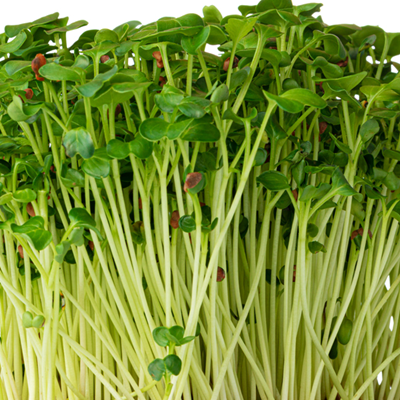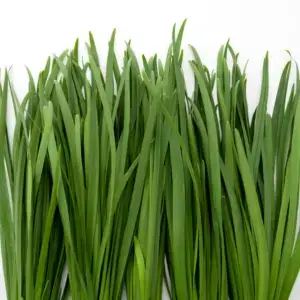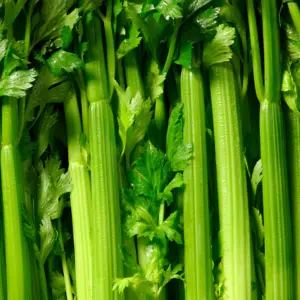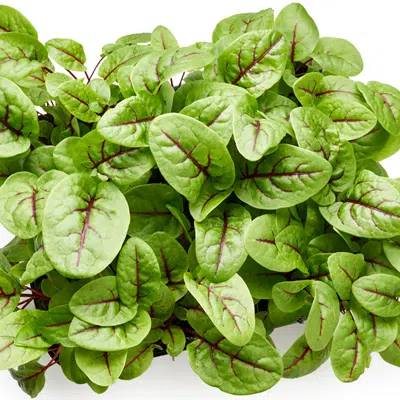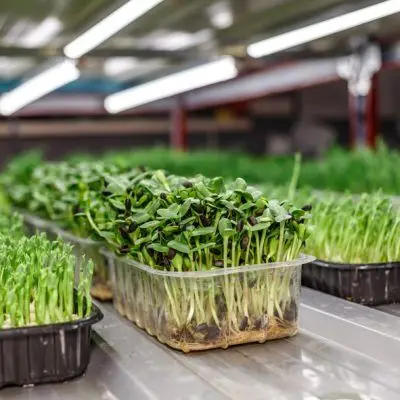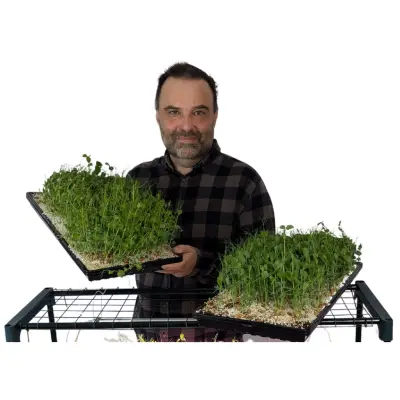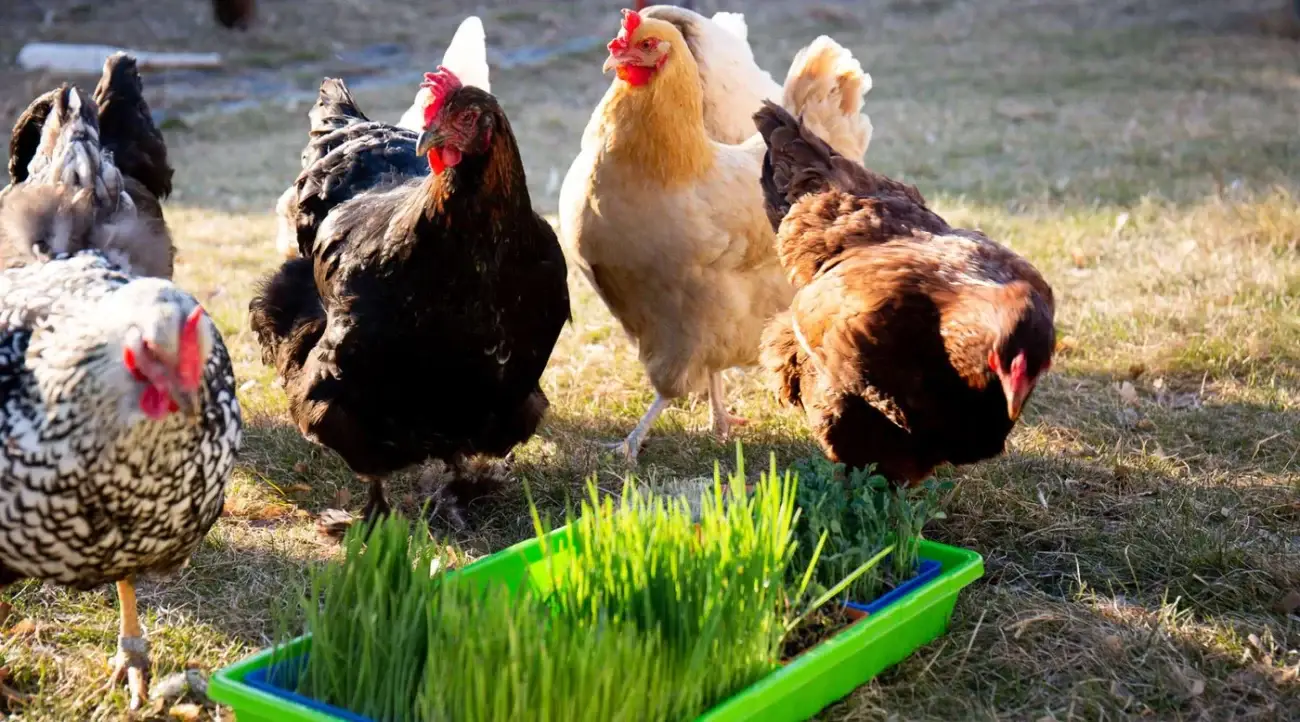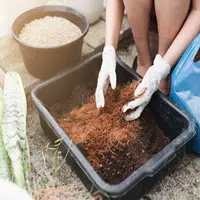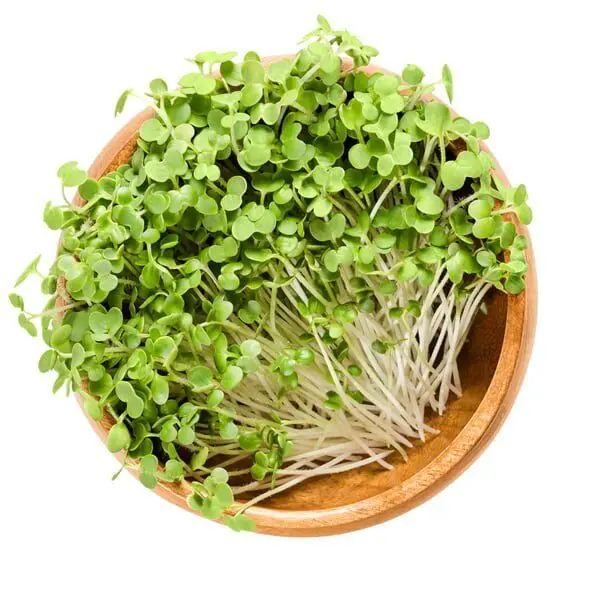Microgreen How To Guides
Refrigerated vs Freeze Drying vs Dehydrating: What Happens to the Nutrients in Your Microgreens?
The Decline of Nutrients in Modern Food: What Happened?If you’ve ever wondered why fruits and vegetables don’t...
The Mighty Daikon: Unearthing the Health Benefits of this Versatile Root and its Freeze-Dried Powder
Adult Daikon RadishThe daikon radish, a long, white root vegetable with a mild, slightly peppery flavor, is a ...
Garlic Chive Nutrition Fact Sheet
Garlic chives (Allium tuberosum), also known as Chinese chives, are a versatile herb used in many cuisines. Their mild garlic-onion flavor and rich nutritional profile make them a valuable addition to a healthy diet.
Celery Microgreen Nutrition Fact Sheet
Celery microgreens, the young seedlings of the familiar celery plant (Apium graveolens), offer a potent dose o...
Red Veined Sorrel Microgreen Nutrition Fact Sheet
Red veined sorrel microgreens (Rumex sanguineus) are young, edible seedlings characterized by their vibrant gr...
The Unsung Hero of Microgreen Success: Cleanliness
The Unsung Hero of Microgreen Success: CleanlinessMicrogreens are a delightful addition to any plate, bursting...
What are T5 Grow Lights?
T5 Grow Lights: A Guide for Microgreen GrowersT5 grow lights have become a popular choice for indoor gardeners...
Growing Pea Tendril Microgreens: A Beginner’s Guide
Pea tendril microgreens are a delightful microgreen, offering a sweet, slightly nutty flavor and a satisfying crunch. They're packed with nutrients and add a vibrant touch to salads, sandwiches, and countless other dishes. Growing them at home is surprisingly easy, especially when using the efficient bottom-watering method with Bootstrap Farmer 1020 trays. This guide will walk you through the process, ensuring a successful harvest of these delicious greens.
Growing Microgreens for Animal Fodder
Growing microgreens for animal fodder, particularly for chickens, is an innovative and sustainable approach to high-quality livestock nutrition.
Microgreen Grow Mediums – Which Is Best?
Growing microgreens is an incredibly rewarding hobby or business and these tiny nutrient-packed greens thrive in a range of growing mediums. But there’s plenty of debate among growers about which medium is best and making the right choice depends on factors like availability, cost, and ease of use.
Why Nutritionists and Naturopaths should incorporate microgreens into plans for their clients
Microgreens are the immature seedlings of certain vegetables. They are about 5 cm tall and have both cotyledon...
Mustard Greens Microgreen Fact Sheet
Mustard greens microgreens, celebrated for their miniature size and remarkable nutritional content, represent a valuable addition to one's dietary repertoire. Delving deeper into their nutrient composition unveils the impressive array of essential components that contribute to their nutritional significance.
Load more posts
Loading...
Welcome to our page hosting all of our Microgreen How To Guides! We try to keep this information up-to-date and relevant for all aspects of microgreens growing. As we recommend and use Bootstrap Farmer products you will benefit from our experience in using these products ourselves, and also supplying you with Bootstrap Farmer products from our store.



